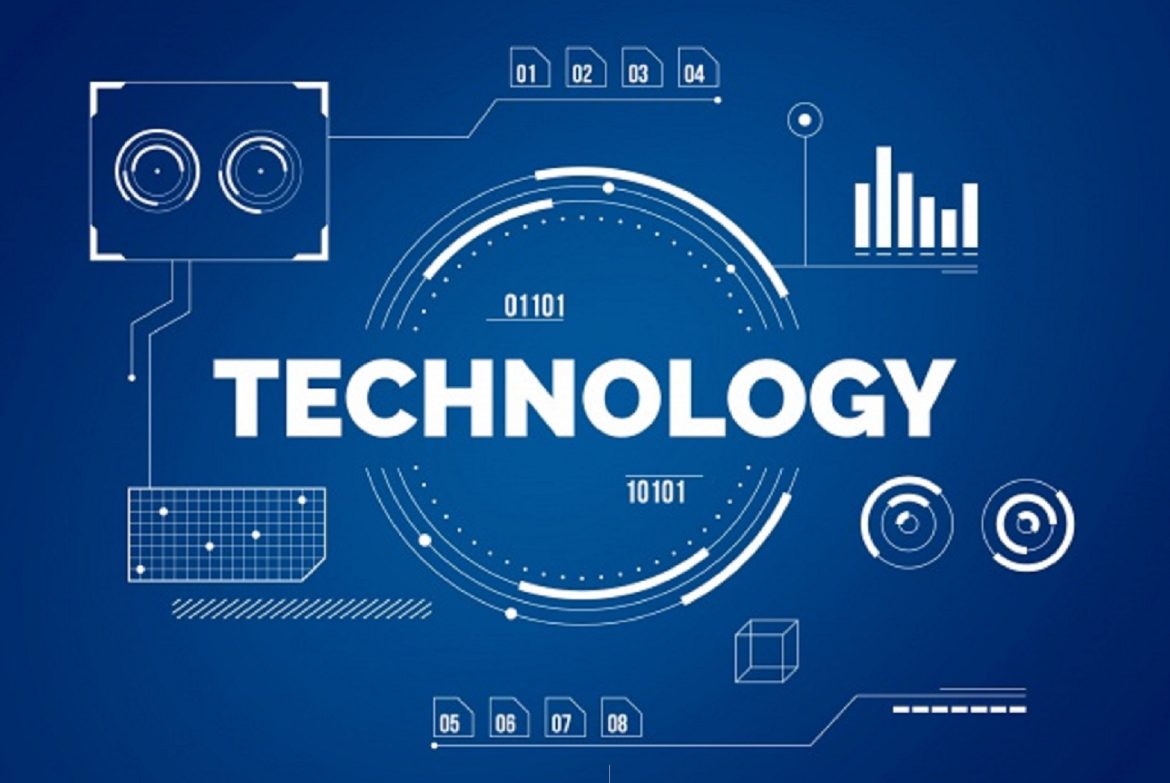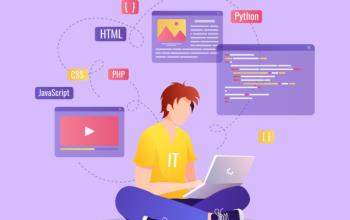In recent years, artificial intelligence (AI) has transformed from a futuristic concept into an integral part of our daily lives. From the moment we wake up to the time we go to bed, AI influences our actions, decisions, and interactions in ways we often don’t even realize. The rise of AI in everyday applications is a testament to its pervasive power and potential to redefine the human experience.
The Dawn of AI Integration
AI’s journey into everyday applications began with simple tasks and has rapidly expanded into more complex roles. Early forms of AI were embedded in software like spell checkers and basic search algorithms. These initial applications laid the groundwork for more sophisticated uses, setting the stage for AI to become a ubiquitous presence.
Smart Assistants: Our Digital Helpers
One of the most prominent examples of AI in everyday life is the smart assistant. Devices like Amazon’s Alexa, Apple’s Siri, Google Assistant, and Microsoft’s Cortana have become household names. These virtual assistants use natural language processing (NLP) to understand and respond to user queries, control smart home devices, set reminders, and provide information on demand. The convenience and efficiency they offer have made them indispensable to millions of users worldwide.
Personalized Recommendations: AI Knows You Well
Another significant area where AI has made a substantial impact is in personalized recommendations. Streaming services like Netflix and Spotify use AI algorithms to analyze user preferences and viewing/listening habits to suggest movies, TV shows, and music that align with individual tastes. E-commerce platforms such as Amazon utilize AI to recommend products based on browsing history, past purchases, and other user data. These personalized experiences not only enhance user satisfaction but also drive engagement and sales for businesses.
Health and Fitness: AI as a Wellness Partner
In the realm of health and fitness, AI has emerged as a powerful ally. Wearable devices like Fitbit and Apple Watch leverage AI to track physical activity, monitor heart rates, and provide personalized fitness recommendations. AI-driven applications can analyze sleep patterns, offer dietary advice, and even detect early signs of potential health issues. Telemedicine platforms are increasingly using AI to assist in diagnostics and treatment plans, making healthcare more accessible and efficient.
Transportation: AI on the Move
The transportation sector has also seen significant AI-driven advancements. Ride-sharing services like Uber and Lyft use AI algorithms to optimize routes, predict demand, and reduce waiting times for passengers. Autonomous vehicles, while still in the developmental phase, are powered by sophisticated AI systems capable of navigating complex environments, recognizing objects, and making real-time decisions to ensure safety. These innovations promise to revolutionize the way we travel, making transportation safer and more efficient.
Communication and Social Media: AI Enhancing Interactions
AI has revolutionized communication and social media by enhancing the way we interact and share information. Platforms like Facebook, Instagram, and Twitter use AI to curate content feeds, moderate inappropriate content, and even suggest new connections. AI-driven chatbots are increasingly used by businesses to handle customer service inquiries, providing instant responses and solutions. This not only improves customer satisfaction but also allows companies to operate more efficiently.
Education: AI as a Learning Companion
In education, AI is playing an increasingly important role. AI-powered platforms like Duolingo and Khan Academy offer personalized learning experiences, adapting to the pace and style of each student. Virtual tutors and AI-driven grading systems provide instant feedback, allowing students to improve more rapidly. Moreover, AI is helping to make education more accessible by offering tools for language translation and speech recognition, bridging gaps for students with diverse needs.
Finance: AI in Our Wallets
The financial sector has embraced AI to enhance security, improve customer experience, and streamline operations. AI algorithms are used to detect fraudulent transactions, assess creditworthiness, and manage investment portfolios. Personal finance apps, such as Mint and YNAB, use AI to provide budgeting advice, track spending habits, and offer personalized financial insights. These applications empower users to make more informed financial decisions and achieve their monetary goals.
Home Automation: AI Creating Smart Homes
AI has also found its way into our homes, making them smarter and more efficient. Home automation systems like Google Nest and Amazon Echo integrate AI to control lighting, heating, security systems, and more. These systems learn from user behaviors and preferences, automating tasks to enhance comfort and energy efficiency. For instance, smart thermostats can adjust temperatures based on occupancy patterns, while smart security cameras can distinguish between familiar faces and potential intruders.
Entertainment: AI in the Creative Arts
AI’s influence extends to the creative arts, where it is being used to compose music, write stories, and even create visual art. AI-generated music and artwork are gaining recognition, with algorithms capable of producing pieces that rival those created by humans. In the gaming industry, AI is used to create more realistic and challenging opponents, enhancing the overall gaming experience. These applications demonstrate AI’s potential to augment human creativity and push the boundaries of artistic expression.
Challenges and Ethical Considerations
While the rise of AI in everyday applications offers numerous benefits, it also presents challenges and ethical considerations. Privacy concerns are paramount, as AI systems often require access to vast amounts of personal data to function effectively. Ensuring the security of this data and preventing misuse is crucial. Additionally, the potential for job displacement due to automation raises important questions about the future of work and the need for reskilling the workforce.
The Future of AI in Everyday Life
The future of AI in everyday applications is both exciting and unpredictable. As AI technology continues to evolve, its integration into our daily lives will likely become even more seamless and sophisticated. We can expect advancements in areas like augmented reality (AR), virtual reality (VR), and the Internet of Things (IoT), further blurring the lines between the digital and physical worlds.
Conclusion:
In conclusion, the rise of AI in everyday applications has fundamentally changed the way we live, work, and interact. From smart assistants and personalized recommendations to health monitoring and home automation, AI is making our lives more convenient, efficient, and connected. As we navigate the opportunities and challenges that come with this technological revolution, it is essential to remain mindful of the ethical implications and strive to harness AI’s potential for the greater good.




